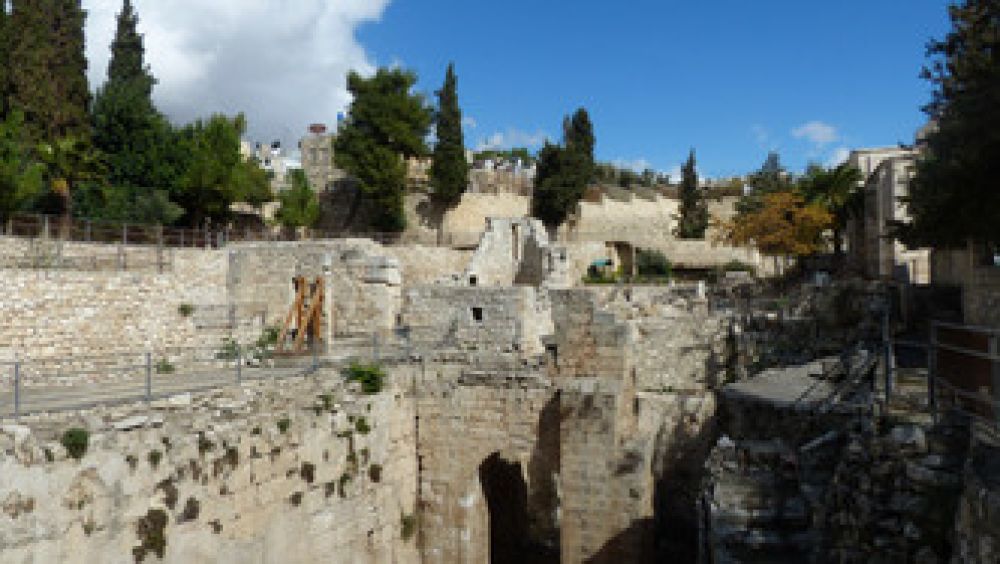

Lebanon's tourism industry has historically been one of the key contributors to the nation's economy. With its rich history, diverse culture, and beautiful landscapes, it served as a hotspot for travelers from around the world. Tourism in Lebanon gained prominence especially during the 1960s and 70s when Beirut was often referred to as the "Paris of the Middle East" due to its vibrant cultural and intellectual life, as well as its nightlife and other attractions. However, the onset of the Lebanese Civil War in 1975 severely impacted the tourism sector.
After the end of the civil war in 1990, Lebanon began to rebuild its tourism industry, capitalizing on its historical sites, Mediterranean climate, and the renowned Lebanese cuisine. The country made significant strides in restoring its historical sites and promoting them to international tourists.
The Sidon Sea Castle, a fortress built by the Crusaders in the thirteenth century, stands as a testament to Lebanon's rich medieval history. Located on a small island connected to the mainland by a causeway, this castle is one of the most prominent historical sites in Sidon, itself one of the oldest inhabited cities in the world.
The Crusader Chapel, located within the Sea Castle, is a reminder of the religious and military significance of this structure. The chapel would have been a place of worship for the Crusaders during their occupation of the region. As part of the castle complex, the Crusader Chapel is recognized for its historic and architectural value, playing a vital role in attracting visitors interested in the epoch of the Crusades and their impact on the Eastern Mediterranean.
In recent years, Lebanon's tourism has adopted several emerging trends to attract a modern audience. Following global patterns, there has been a rise in eco-tourism, with visitors seeking experiences that are environmentally conscious and involve engaging with local communities and nature.
Adventure tourism is also gaining popularity, with tourists looking to explore Lebanon's varied landscape through activities like hiking, mountain biking, and water sports. Additionally, gastronomic tourism continues to be a major draw, as the country offers a rich culinary scene that reflects a blend of Middle Eastern, French, and Mediterranean influences.
Moreover, the Lebanese Ministry of Tourism has been actively promoting the country's historical and cultural heritage, which includes religious monuments, Roman ruins, and traditional Lebanese houses. Efforts have also been made to improve the overall tourist experience by facilitating travel procedures, enhancing security, and developing infrastructure.
The emergence of online platforms and social media also plays a pivotal role in shaping Lebanon's tourism trends. Digital marketing campaigns and user-generated content on platforms like Instagram and Facebook boost the visibility of the country's attractions and allow potential visitors to glimpse the beauty and heritage of Lebanon, including the Sidon Sea Castle and Crusader Chapel.
In summary, despite facing various challenges over the years, Lebanon's tourism industry continues to show resilience, adapting to new trends and capitalizing on its historical wealth to attract visitors from around the globe.